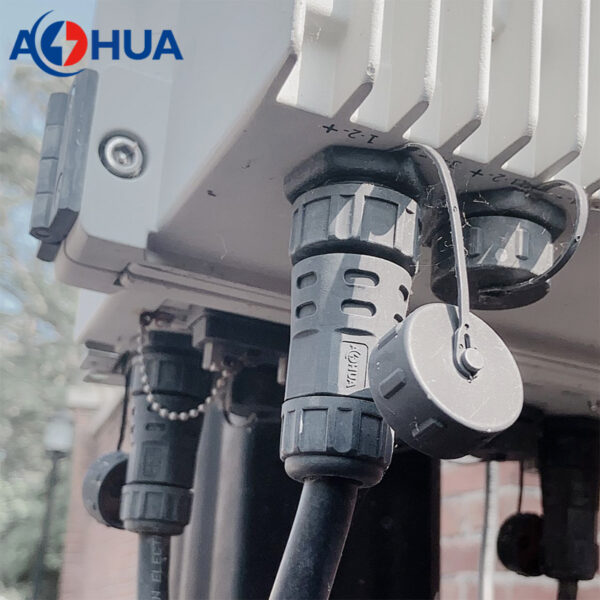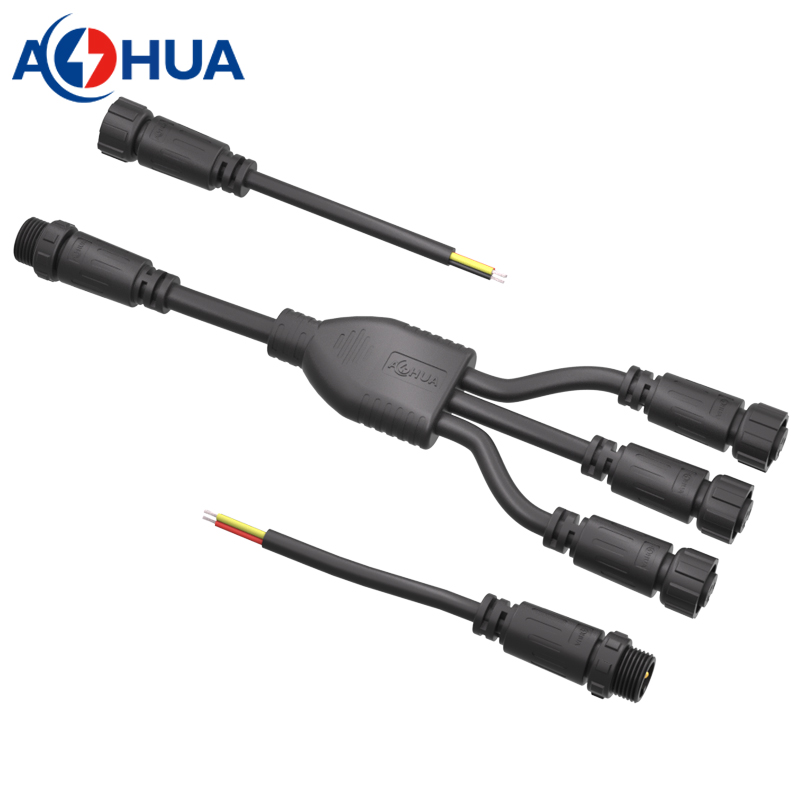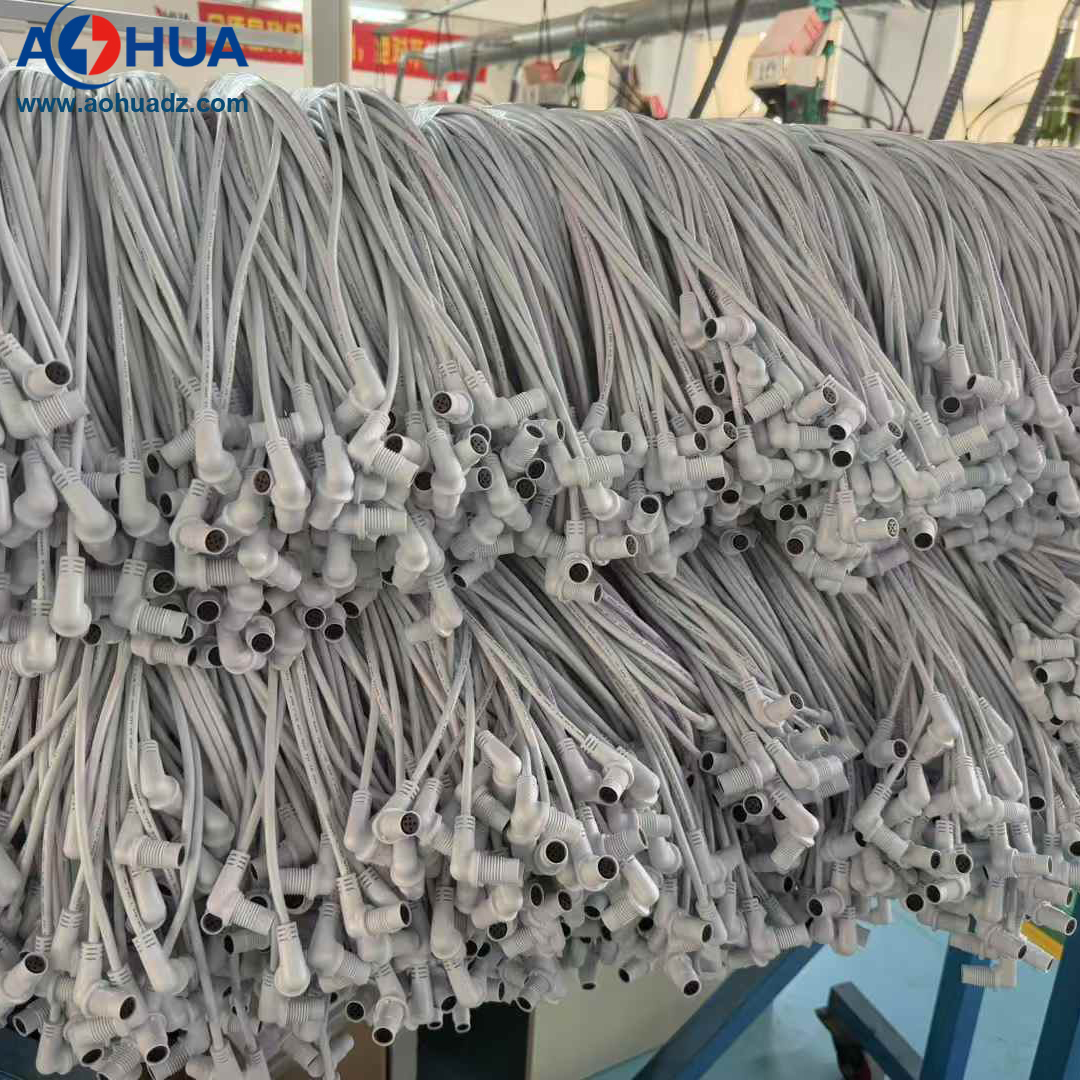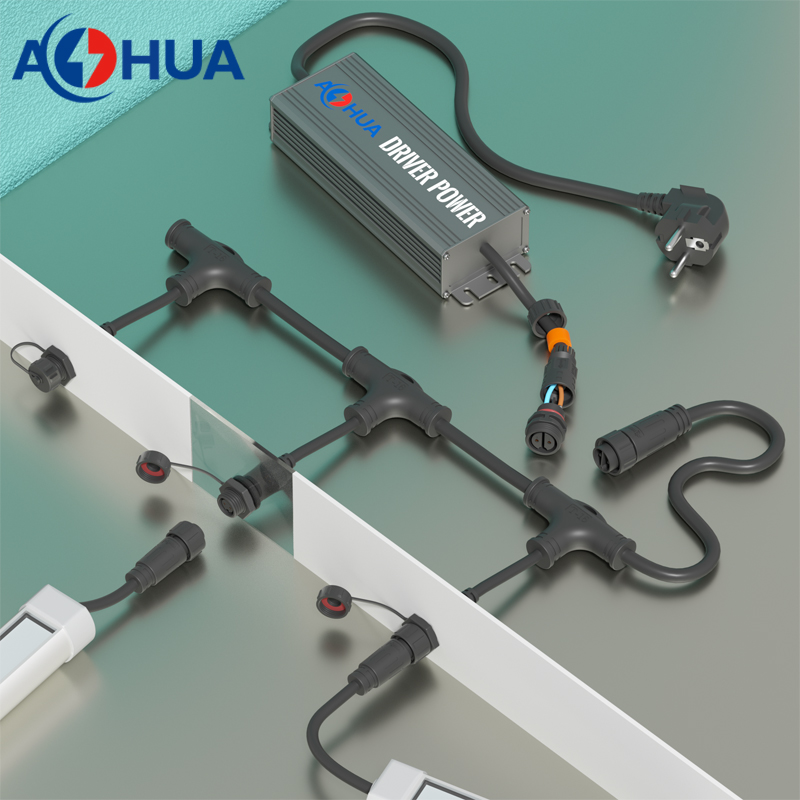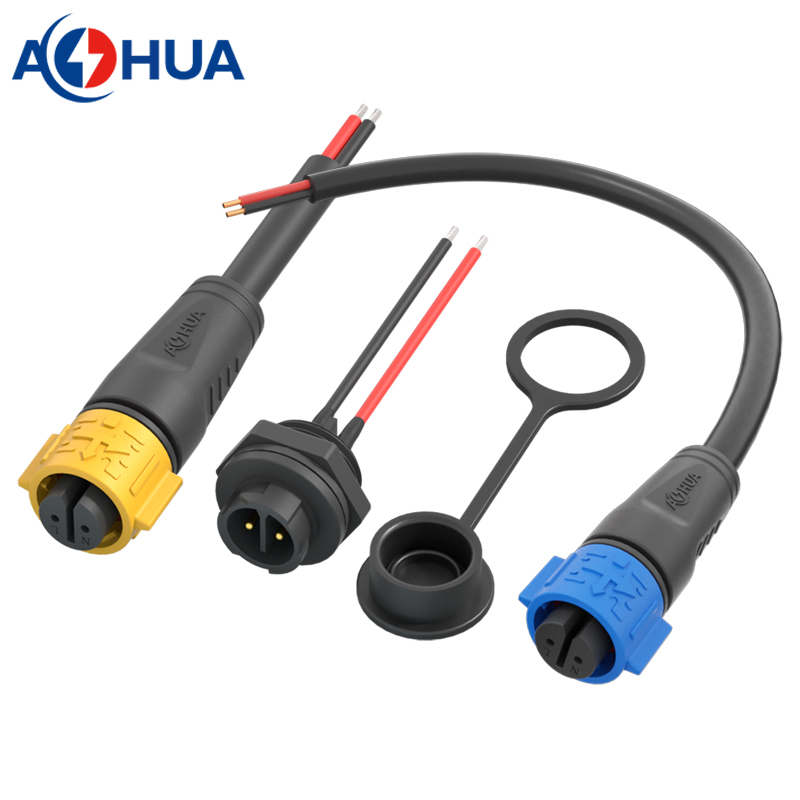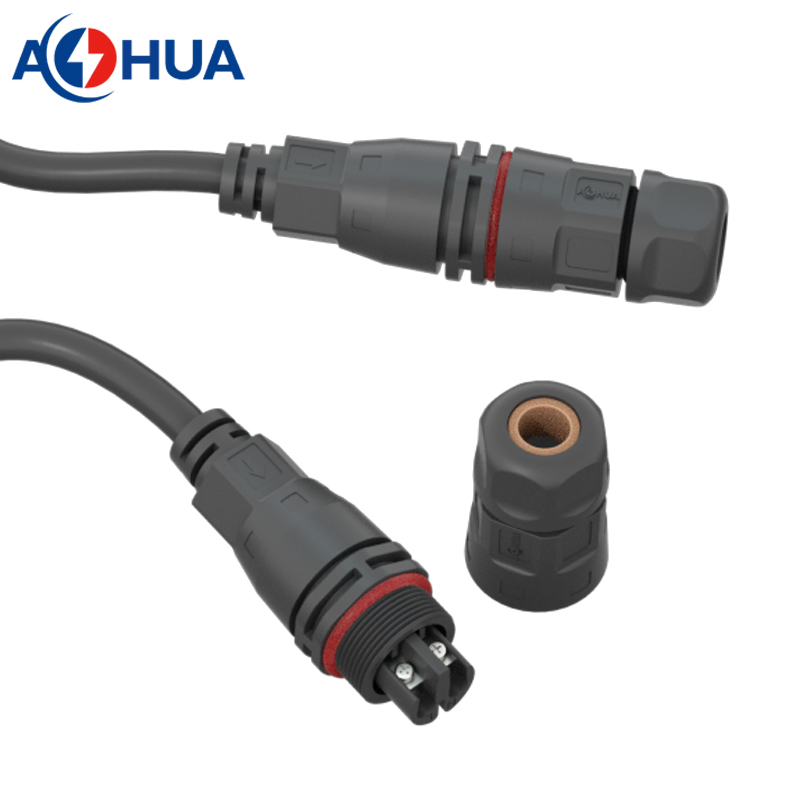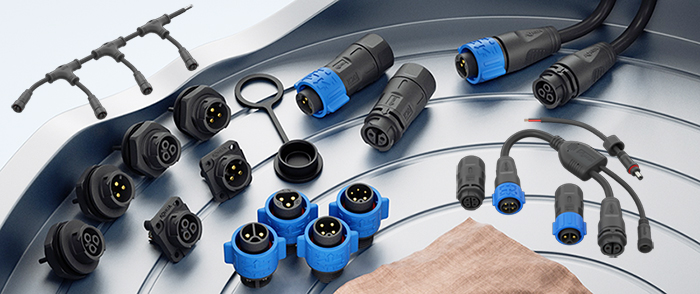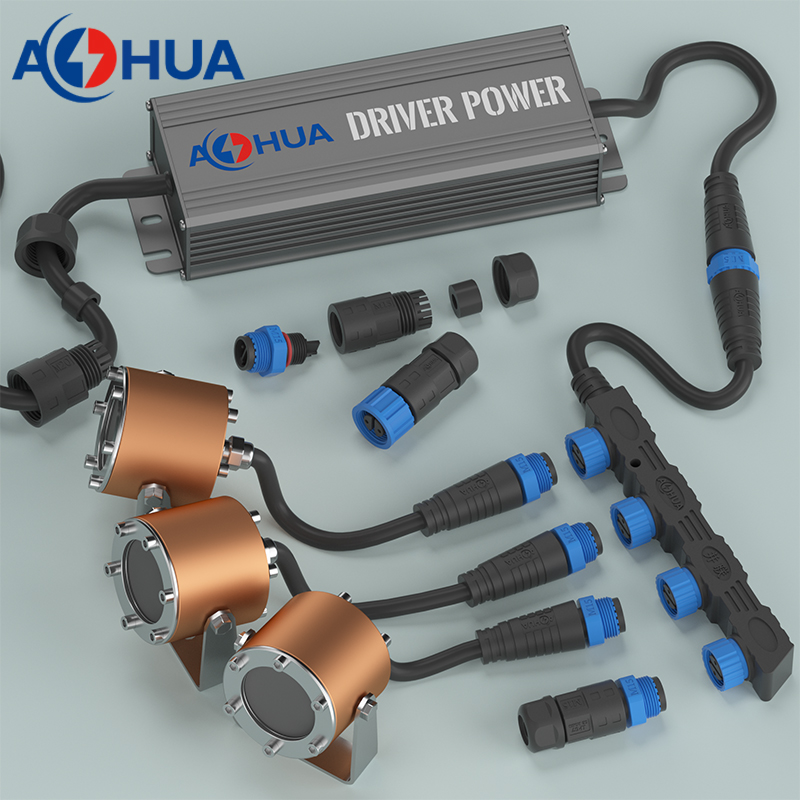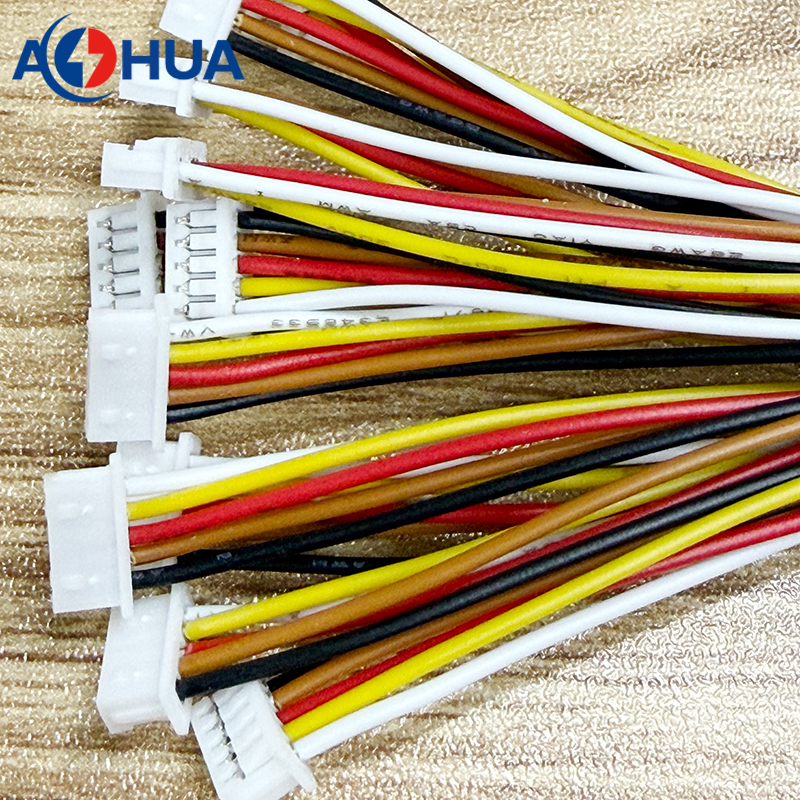The Indispensable Guardian: Unlocking Reliability with IP68 Waterproof Wire Connectors
Welcome to AOHUA chanels: today we will talk about the features of IP68 waterproof wire connectors and its applications.
In an increasingly interconnected world, electronics operate everywhere – from pristine labs to harsh industrial floors, from sunny rooftops to muddy construction sites, and even beneath the waves. Protecting the vital electrical connections powering these devices is paramount, and that’s where the IP68 waterproof wire connector stands as an unsung hero. Engineered for resilience, these connectors provide a critical barrier against the elements, ensuring uninterrupted performance where failure is not an option.
What Does IP68 Really Mean?
The “IP” stands for “Ingress Protection,” an international standard (IEC 60529) defining how effectively an enclosure protects against solids and liquids. The two digits provide specific information:
First Digit (6): Protection against Solids. A “6” signifies complete protection against dust ingress – it’s dust-tight. No harmful dust deposits can interfere with internal components.
Second Digit (8): Protection against Liquids. An “8” represents the highest level of water protection commonly specified. It means the connector can withstand continuous submersion in water under pressure, beyond depths of 1 meter, for extended periods as defined by the manufacturer (often 30 minutes at depths of 1m, 1.5m, or even deeper, depending on the specific product testing). They are impervious to water jets, flooding, and constant immersion.
Engineering Resilience: How IP68 Connectors Work
Achieving this robust protection requires sophisticated design and high-quality materials:
Multi-Layered Sealing: The core defense lies in precision seals:
Internal Seals: Silicone or rubber grommets tightly compress around individual wires within the connector body, preventing water ingress along the cable.
Body Sealing: High-quality O-rings or molded gaskets create a watertight seal between the connector halves (plug and socket).
Cable Gland Seal: An integrated or separate compression gland grips the outer cable jacket firmly, forming a seal around the cable bundle entering the connector.
Robust Materials: Housings are typically crafted from durable, corrosion-resistant engineering thermoplastics (like nylon, polycarbonate, or ABS) or metals (like brass or stainless steel). Seals use flexible, water-repelling materials like silicone rubber or EPDM.
Secure Locking Mechanisms: Screw-thread, bayonet, or push-pull locking mechanisms ensure the connector halves mate firmly, maintaining constant pressure on the seals even under vibration or impact.
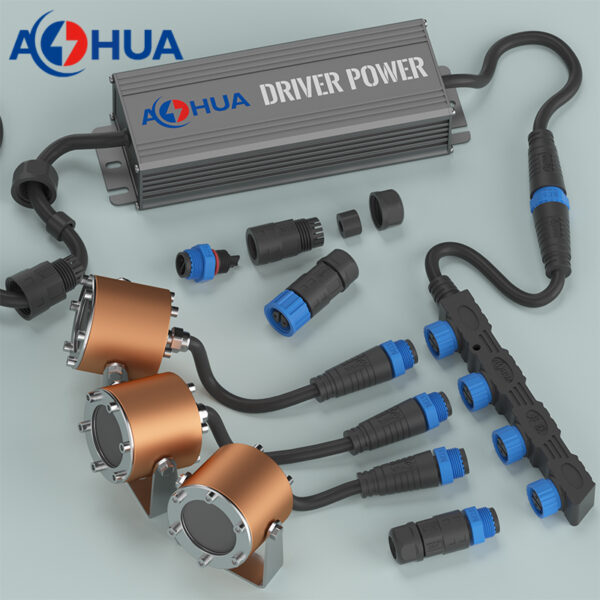
Installation: The Key to Performance
An IP68 rating isn’t magic; it relies heavily on correct installation:
Precise Wire Stripping: Expose just enough conductor to fit securely within the terminal without damaging the seal.
Proper Crimping: Use the correct terminals and tools to ensure a gas-tight, secure electrical connection.
Seal Positioning: Ensure internal seals are correctly seated on each wire before assembly. Route wires neatly.
Gland Tightening: Tighten the cable gland sufficiently to compress the seal against the cable jacket, but avoid over-tightening which can damage the cable or seal.
Thread Engagement: Fully mate and tighten the connector halves according to manufacturer instructions to compress the main O-ring/gasket.
Where IP68 Connectors Shine (and Keep Things Dry)
The applications demanding IP68 protection are vast and growing:
Outdoor Lighting: Streetlights, landscape lighting, signage, stadium lights exposed to rain, snow, and humidity.
Industrial Automation: Machinery in washdown environments (food & beverage, pharmaceuticals), wastewater treatment plants, mining equipment.
Marine & Offshore: Boat electronics, navigation lights, underwater sensors, offshore platforms.
Renewable Energy: Solar panel junction boxes, wind turbine connections exposed to weather extremes.
Automotive & Transportation: Sensors, lighting, and control systems in electric vehicles, trucks, and agricultural machinery.
Construction & Infrastructure: Temporary power, sensors in tunnels, outdoor control panels.
Consumer Electronics: Waterproof cameras, outdoor speakers, pool equipment (pumps, lights).
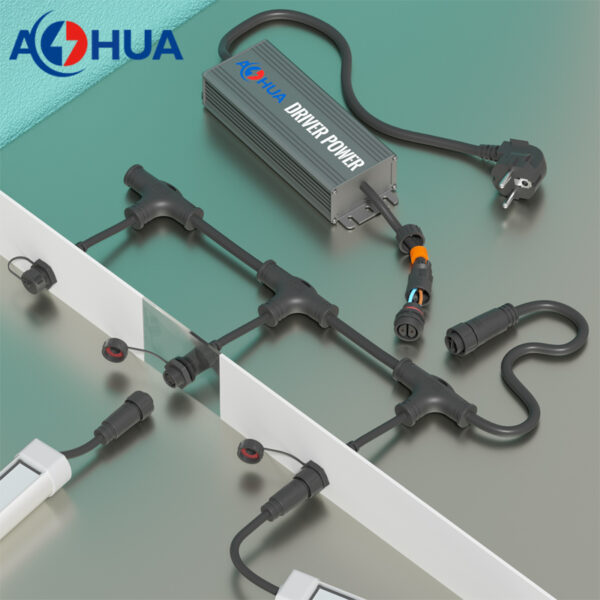
The Compelling Advantages
Investing in IP68 waterproof connectors delivers significant benefits:
Unmatched Reliability: Drastically reduces failures caused by water, dust, and corrosion.
Enhanced Safety: Prevents short circuits, electrical fires, and shock hazards in wet environments.
Reduced Maintenance & Downtime: Minimizes the need for repairs and replacements, lowering operational costs.
Longer Lifespan: Protects sensitive electronics, extending the life of connected equipment.
Versatility: Enables deployment in challenging environments previously unsuitable for standard connectors.
IP68 waterproof wire connectors are far more than just protective caps; they are sophisticated, engineered solutions enabling technology to thrive in the harshest conditions. By providing a fortress-like seal against dust and relentless water pressure, they ensure critical connections remain secure, safe, and operational. Whether safeguarding city lights, industrial processes, or underwater exploration, the IP68 connector is a fundamental component for building resilient, reliable, and long-lasting electrical systems in our demanding world. Choosing the right connector and installing it correctly is an investment in uninterrupted performance and peace of mind.
